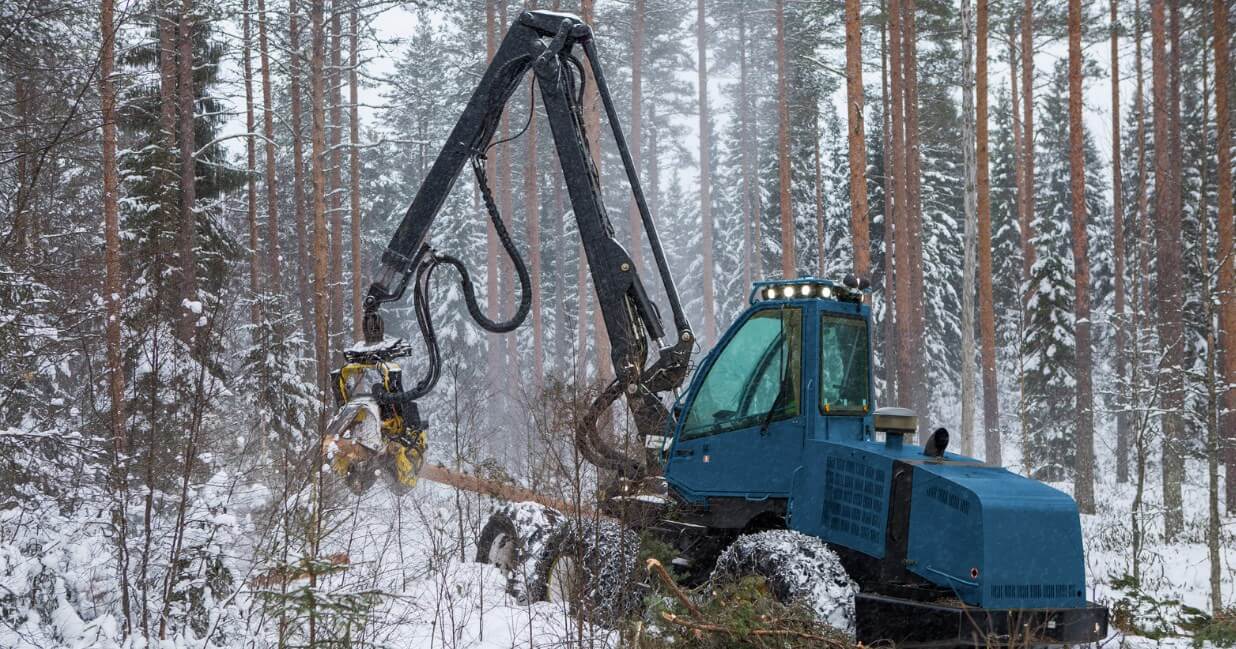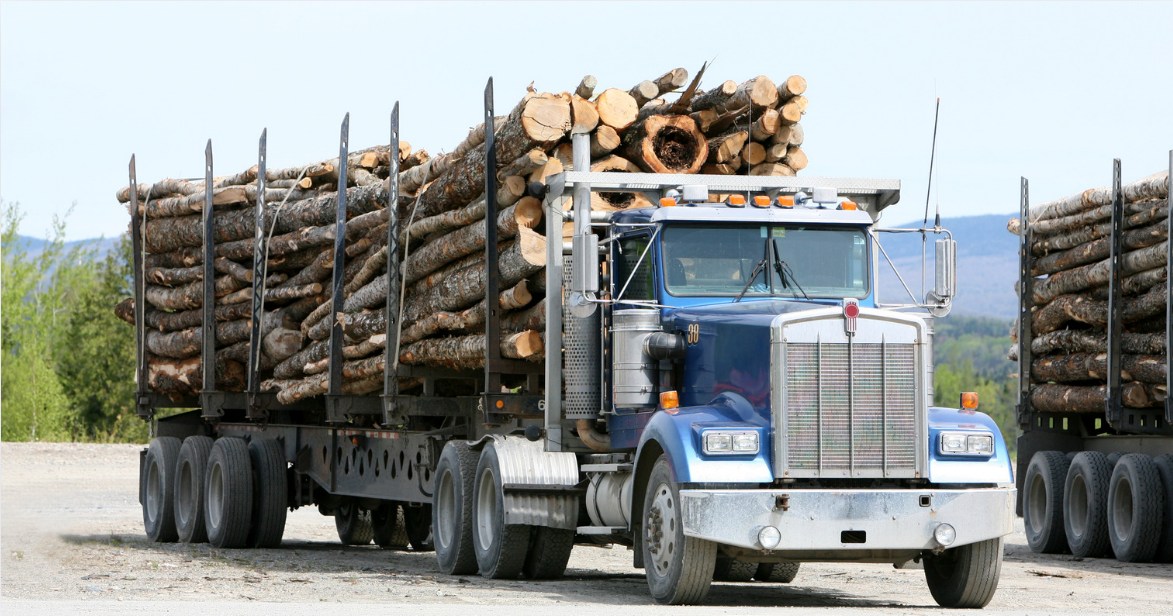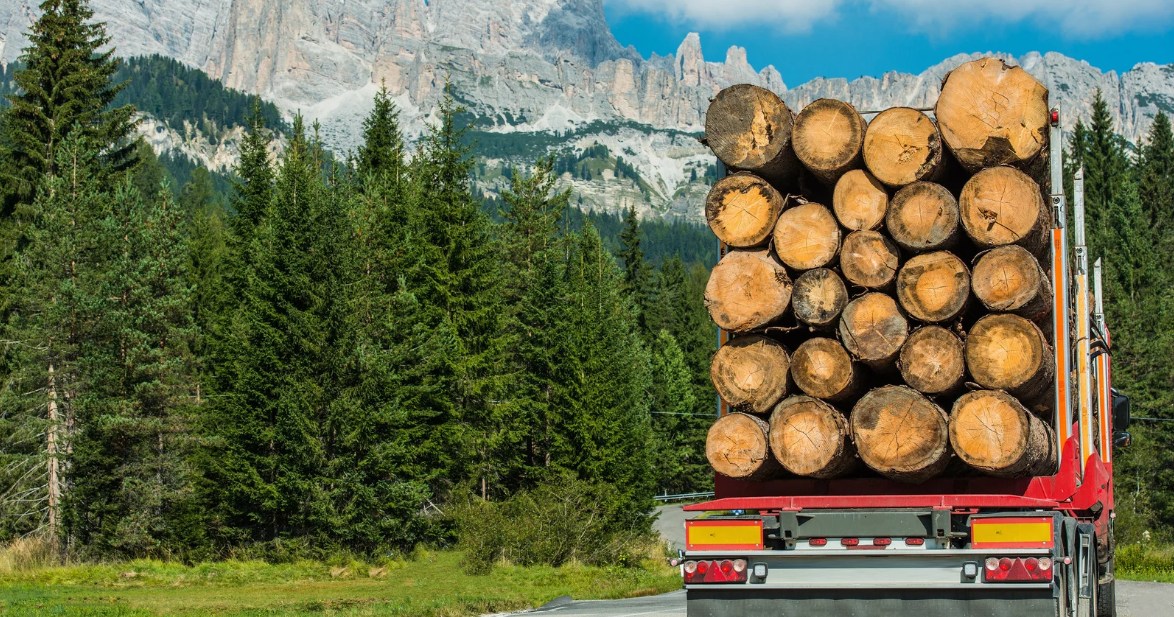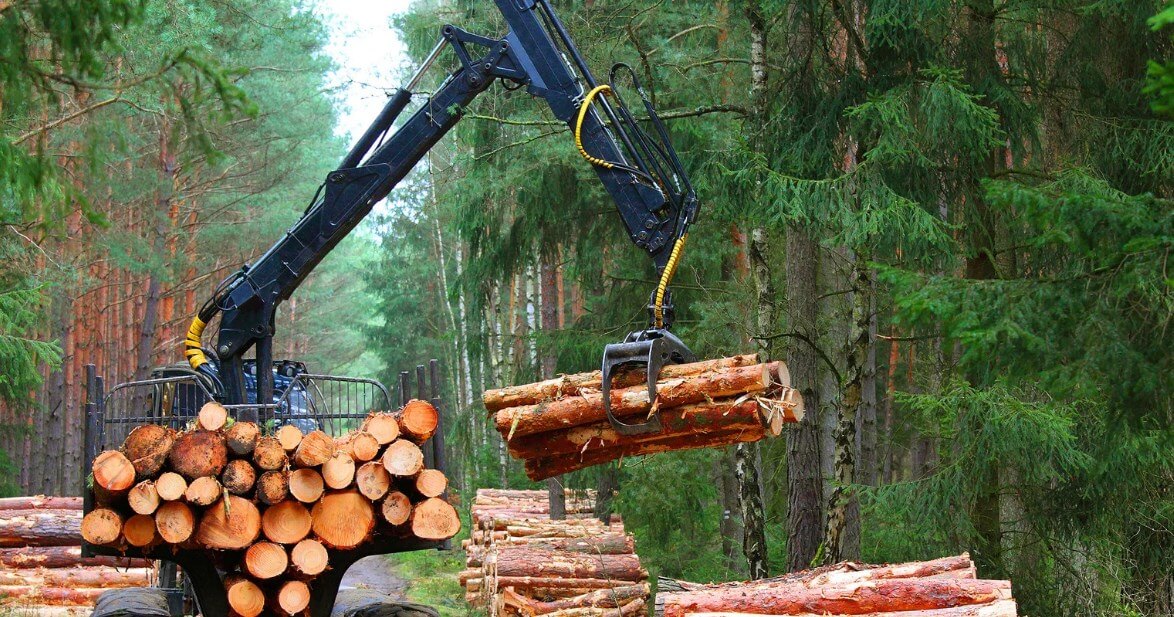Feller bunchers have revolutionized the logging industry by providing an efficient, safe, and environmentally conscious way to harvest timber. These versatile machines are designed to cut and collect multiple trees in a single operation, significantly reducing the need for manual labour while enhancing worker safety in the field. With their ability to streamline logging operations, feller bunchers have become indispensable for both commercial forestry and sustainable management practices. This guide will take you through the key features of feller bunchers, their role in modern logging, and how they contribute to more sustainable forest management. Whether you’re exploring machinery investments or are simply intrigued by cutting-edge logging technology, this deep dive will offer valuable insights into why feller bunchers are a staple of the forestry industry.
What Is a Feller Buncher?
A feller buncher, often referred to as a logging harvester or tree-cutting machinery, is a specialized piece of equipment designed for efficiently cutting and bunching trees as part of forestry operations. The term itself originates from its two core functions—“felling,” which refers to cutting down trees, and “bunching,” the act of gathering these trees into organized piles for easier transport and processing.
Feller bunchers play a vital role in modern logging, revolutionizing traditional methods by automating processes that once relied heavily on manual labour. These machines are equipped with powerful cutting heads capable of securely holding trees as they are cut, minimizing the risk of uncontrolled falls. This not only boosts productivity but also significantly enhances safety by keeping loggers away from the immediate danger zone of falling trees. By streamlining the cutting and organizing process, feller bunchers have become indispensable in sustainable timber harvesting and large-scale commercial forestry.
History and Evolution of Feller Bunchers
From Manual Logging to Mechanized Marvels
The evolution of feller bunchers represents a pivotal shift in the forestry industry, transitioning from labour-intensive manual logging practices to highly efficient mechanized operations. Before their development, loggers relied heavily on chainsaws and manual tools, a process that required significant physical effort and posed considerable safety risks. The advent of mechanized solutions began to transform these practices, making harvesting faster and safer.
Historical Context
The transition from manual chainsaw work to mechanized logging marked a groundbreaking change in forestry. Early prototypes of feller bunchers emerged in the mid-20th century, offering a glimpse into how technology could revolutionize the industry. These initial machines were simpler in design but laid the foundation for more sophisticated models.
Milestones
Key advancements in feller buncher technology quickly followed, including the introduction of hydraulic systems that enhanced cutting precision and efficiency. Reinforced cabs were developed to protect operators from potential hazards, prioritizing their safety in the forest environment. Over time, continuous innovation gave rise to highly advanced, versatile machines capable of handling diverse terrain and timber types.
Impact on the Forestry Industry
The mechanization of logging through feller bunchers has drastically reduced the reliance on labour-intensive processes, allowing for greater operational efficiency and productivity. This shift has also impacted workforce dynamics, requiring loggers to adapt to new skill sets, including operating and maintaining complex machinery. Today, feller bunchers are not just tools but symbols of progress, enabling a safer, more sustainable future for the forestry industry.
How Feller Bunchers Work
Mechanisms and Key Components
Cutting Heads
Feller bunchers are equipped with different types of cutting heads, each designed for specific forestry applications. The disc saw cutting head is known for its speed and efficiency, making it ideal for high-volume logging operations. Bar saw cutting heads, on the other hand, offer precision and are suitable for cutting larger or uniquely shaped trees. Shear heads, which use a scissor-like mechanism, are often favoured for their durability and minimal maintenance requirements, though they may be slower than saw alternatives. Selecting the right cutting head is crucial to optimizing performance and ensuring the best outcomes for specific logging conditions.
Boom and Control Systems
The feller buncher’s boom and control systems are integral to its precise operation. Using hydraulically powered arms, the boom maneuvers the cutting head to accurately position it around targeted trees. Operators rely on an advanced control system within the cab to manipulate the machine with precision, enabling clean cuts and minimal disturbance to surrounding vegetation. These systems are designed for efficiency, precision, and ease of use, even in challenging environments.
Tracked vs. Wheeled Chassis
The chassis design of a feller buncher plays a key role in its performance across different terrains. Tracked feller bunchers provide superior stability and traction, making them suitable for rugged, uneven, or sloped landscapes. Alternatively, wheeled chassis models offer better maneuverability and faster travel speeds, which are advantageous on flat or gently rolling terrains. The choice between tracked and wheeled models depends on the specific requirements of the logging site.
Safety Features
Modern feller bunchers are equipped with an array of safety features to protect operators in the field. Reinforced cabs provide a robust barrier against falling debris and unexpected impacts, while protective bars around the machine add an extra layer of security. Ergonomic controls reduce operator fatigue, contributing to both safety and productivity. Proper operator training and certification are essential to maximize the machine’s potential while minimizing risks, ensuring safe and efficient operations in potentially hazardous environments.
Types of Feller Bunchers
Matching the Machine to the Job
Swing Boom Feller Bunchers
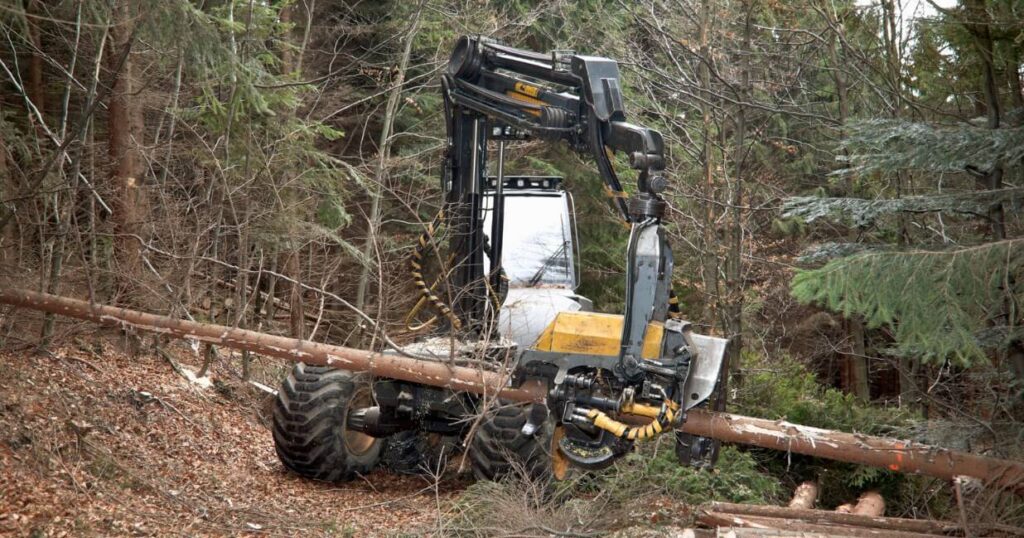
Key Characteristic: Stationary operation with a rotating boom.
Best For: Dense or steep-terrain stands.
Swing boom feller bunchers are designed to remain stationary while their rotating boom reaches out to cut and gather trees. This makes them highly effective in rugged or steep terrains, where mobility is restricted, and precision is paramount. Their ability to handle difficult landscapes ensures efficiency in challenging conditions.
Drive-to-Tree Feller Bunchers
Key Characteristic: Moves to each tree for direct cutting.
Best For: Less dense stands, flatter terrain.
Drive-to-tree feller bunchers are mobile machines that move directly to each tree for cutting. They excel in less dense forests or flat terrains where mobility and speed are vital. Their straightforward operation suits environments with easy access and clear ground conditions, maximizing productivity in such settings.
Specialized Attachments
Modern feller bunchers can be equipped with specialized add-ons to enhance their versatility. These attachments include tools for winter logging, such as snow-resistant grips, or equipment for handling different tree species based on size or type. Additionally, advanced telematics and GPS features enable operators to track productivity and operational data, improving efficiency and facilitating proactive maintenance.
Key Benefits and Advantages
Why Feller Bunchers Are Game-Changers
Efficiency Gains:
- Speed of cutting and bunching multiple trees in one cycle.
- Reduced manpower needs, lowering overall operational costs.
Safety Enhancements:
- Operators remain inside protective cabs, reducing exposure to hazards.
- Less manual chainsaw work in dangerous conditions.
Environmental Positives:
- Targeted harvesting with minimal damage to surrounding vegetation.
- Less ground disturbance compared to traditional methods, preserving soil quality.
Economic Impact:
- Potential for higher profitability through faster project turnaround.
- Greater efficiency reduces long-term expenses, boosting financial returns.
Common Questions and Misconceptions
Do Feller Bunchers Increase Soil Compaction?
Modern feller bunchers, particularly tracked machines, are designed to distribute weight more evenly, minimizing soil compaction. Additionally, operators can implement best practices, such as planning travel paths and avoiding wet conditions, to further reduce soil impact and maintain forest floor health.
Can Feller Bunchers Handle Selective Harvesting?
Yes, feller bunchers are highly capable of conducting selective harvesting. Thanks to precise cutting mechanisms and operator control, they can target individual trees while leaving surrounding vegetation intact, supporting sustainable forestry practices.
Are They Only for Large-Scale Logging?
While feller bunchers are essential for large commercial operations, they are also versatile enough to be used in small private woodlots. Their adaptability makes them suitable for a wide range of forestry projects, regardless of scale.
What About Maintenance and Fuel Costs?
Routine maintenance is straightforward with schedules designed to ensure reliability and performance. Though fuel costs may appear significant, the machines’ efficiency and ability to complete tasks quickly often offset these expenses, resulting in cost savings over time.
Pushing the Limits of Modern Logging
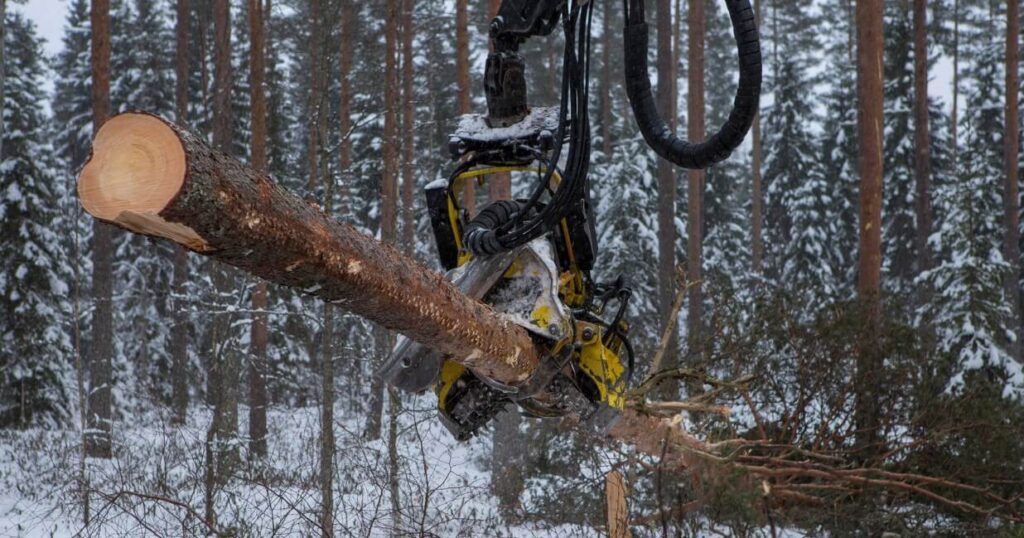
Record-Breaking Speed
High-capacity feller bunchers are highly efficient and capable of cutting dozens of trees per hour under ideal conditions. Equipped with advanced hydraulics and precision cutting tools, these machines are built for large-scale forestry. Compared to manual chainsaw methods, they significantly boost productivity, saving time and effort while improving accuracy and safety. In selective harvesting, operators often cut and bunch hundreds of trees in a single shift. This efficiency reduces labour costs and minimizes environmental impact through precise, controlled harvesting, making feller bunchers essential for modern sustainable forestry.
Handling Massive Tree Diameters
Certain heavy-duty feller bunchers, equipped with specialized saw heads, can safely fall trees up to 30 inches (76 cm) in diameter or more, depending on the model. These machines are built with robust components to handle the force needed to cut large tree trunks efficiently. This makes them essential for loggers working in mature forests with old-growth trees. By reducing the time and labour required to harvest large trees, feller bunchers boost productivity and improve worker safety.
However, their power also raises concerns about sustainability and ecosystem impacts. Responsible forest management is crucial to prevent overharvesting and the loss of valuable old-growth forests. Practices like selective logging, reforestation, and following environmental guidelines are key to balancing resource use with ecological health. With advanced technology and ethical forestry practices, we can meet industry needs while preserving forests for future generations.
Impressive Hydraulic Strength
High-end machines feature advanced hydraulic systems generating over 3,000 PSI, giving the boom and cutting head the power to slice through even the hardest hardwoods. Built to handle dense timber and frozen wood, they deliver consistent performance in any environment. With their robust capabilities, operators face minimal downtime, boosting productivity and ensuring smooth operations. Whether in extreme climates or tough materials, these machines provide the reliability and power to get the job done efficiently.
Extreme Weather Endurance
Many feller bunchers are built to perform in extreme climates, from sub-zero northern winters to the scorching heat of southern regions. Designed for harsh conditions, they ensure reliable operation year-round. For colder climates, winterization kits include features like adjusted tracks for better traction on ice, cold-weather lubricants, and heating systems to prevent freezing. These upgrades keep logging operations running smoothly, even during severe snowstorms or frosts. In high-heat regions, advanced cooling systems and heat-resistant materials prevent overheating, ensuring consistent performance. This adaptability makes feller bunchers essential for logging professionals in extreme environments.
Remarkable Maneuverability
Tracked feller bunchers are powerful machines built for tough terrains, capable of scaling slopes over 40% or more in specialized models. Their performance depends on track design and ground conditions, enabling access to areas once too dangerous or inaccessible for traditional forestry equipment. These machines reduce the need for risky manual cutting in remote or rugged forests, improving safety and efficiency. By mechanizing tree removal in challenging areas, they enhance worker safety and enable logging in previously untapped regions, supporting more sustainable and precise forest management. Their innovative design makes them essential tools in modern forestry.
Conclusion
Feller bunchers have revolutionized modern logging by significantly improving safety, efficiency, and environmental management. Their advanced mechanized systems reduce the risks associated with manual tree harvesting, prioritizing worker well-being in hazardous environments. By streamlining operations and enabling precision cutting, these machines enhance productivity while minimizing waste. Additionally, their capacity to operate in challenging terrains allows for more controlled and sustainable forest management, ensuring that logging practices align with environmental conservation goals. Feller bunchers are an essential innovation, paving the way toward a safer and more responsible future for the forestry industry.
For those looking to adopt sustainable and efficient logging practices, we encourage you to explore professional services or seek expert consultation tailored to your forestry needs. Take the first step toward responsible forest management by connecting with us today. Visit our contact page for more information and to get in touch with our team of professionals.
San Forestry offers competitive salaries and benefits and ample opportunities for professional growth and development within the organization! We take pride in providing our employees with a safe work environment where they can thrive professionally while having fun! If you think you have what it takes to join our team of Class 1 Drivers and Heavy Equipment Operators, then don’t wait — Apply Today!

